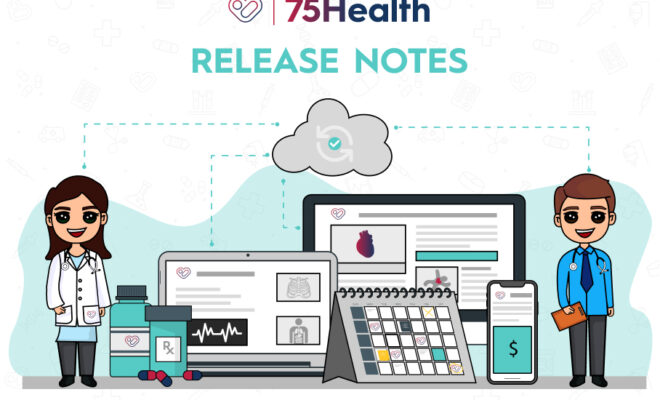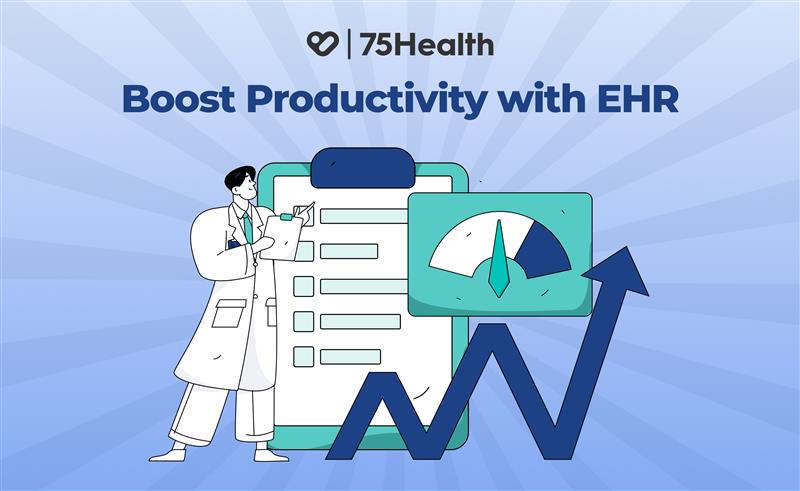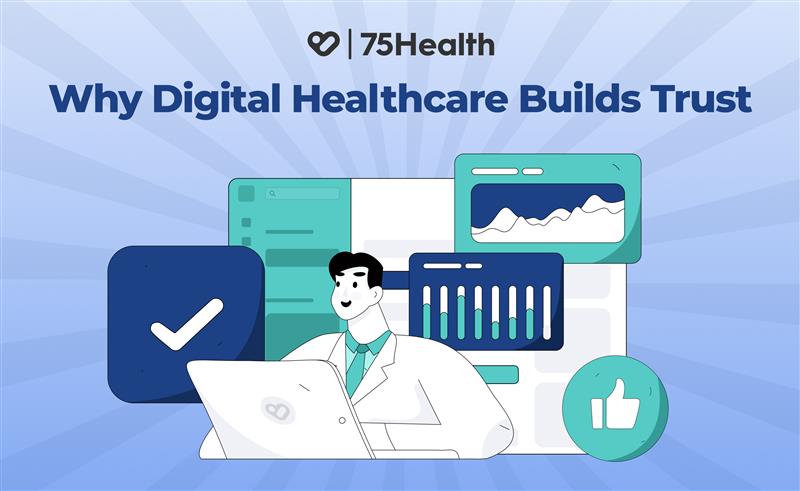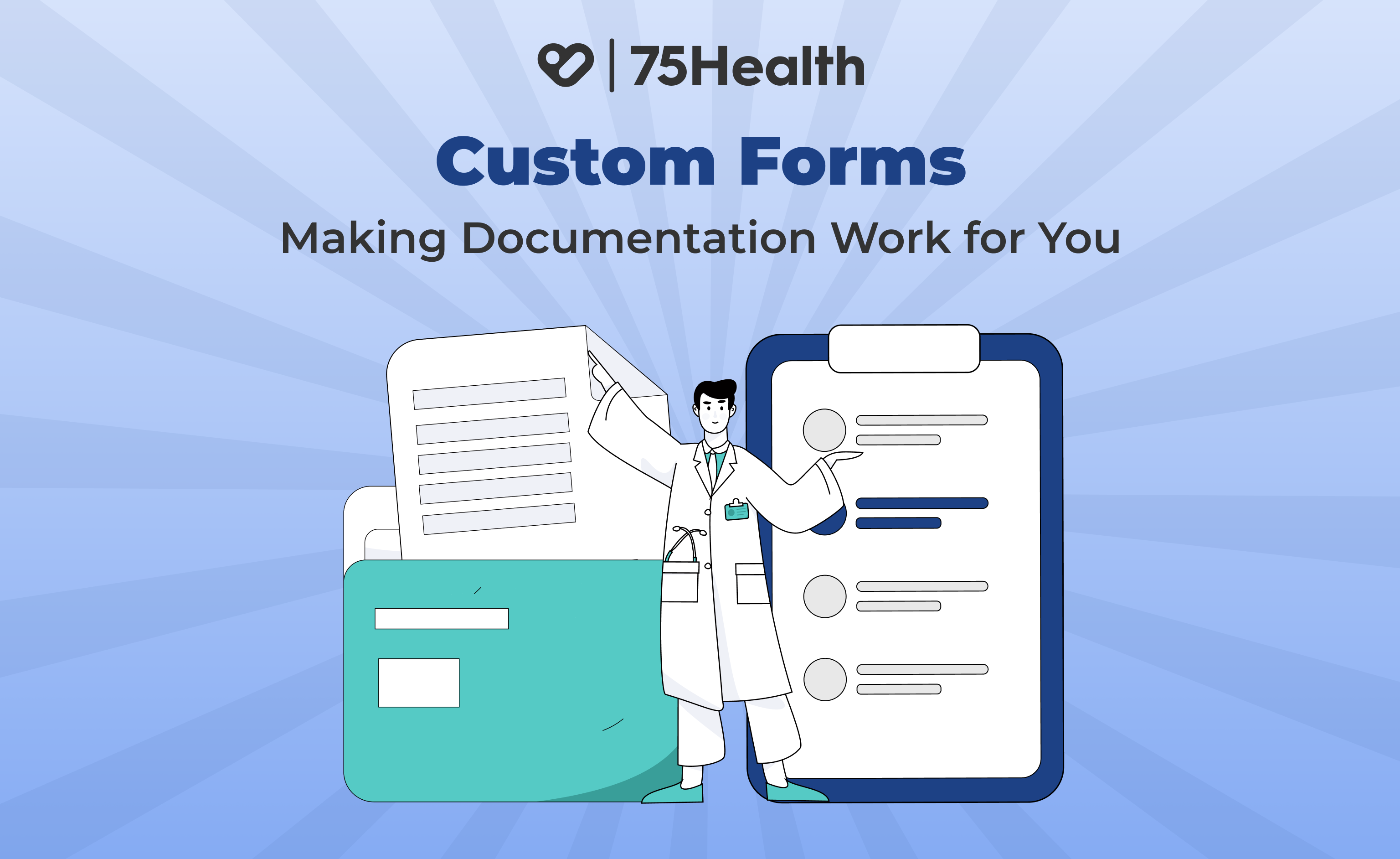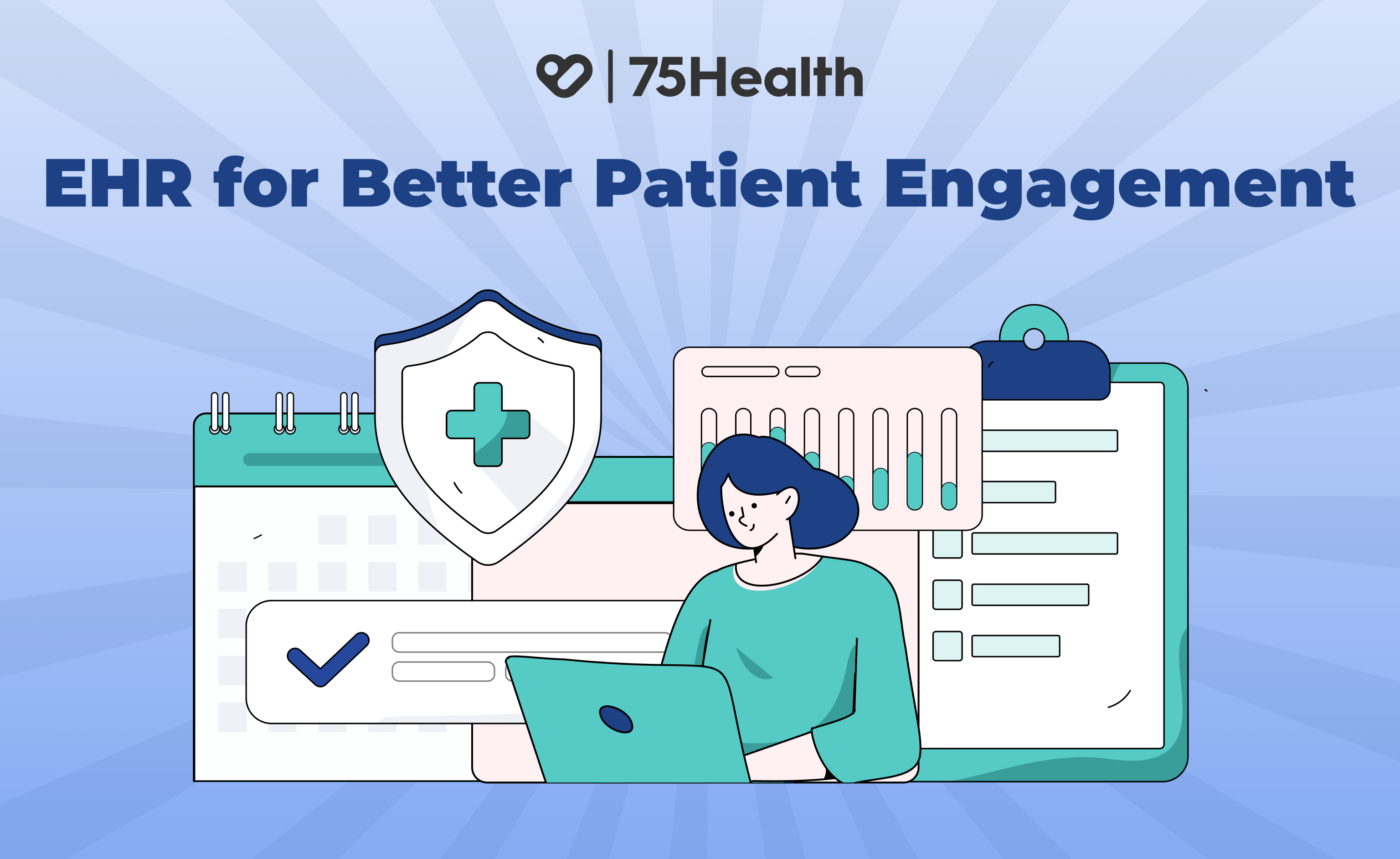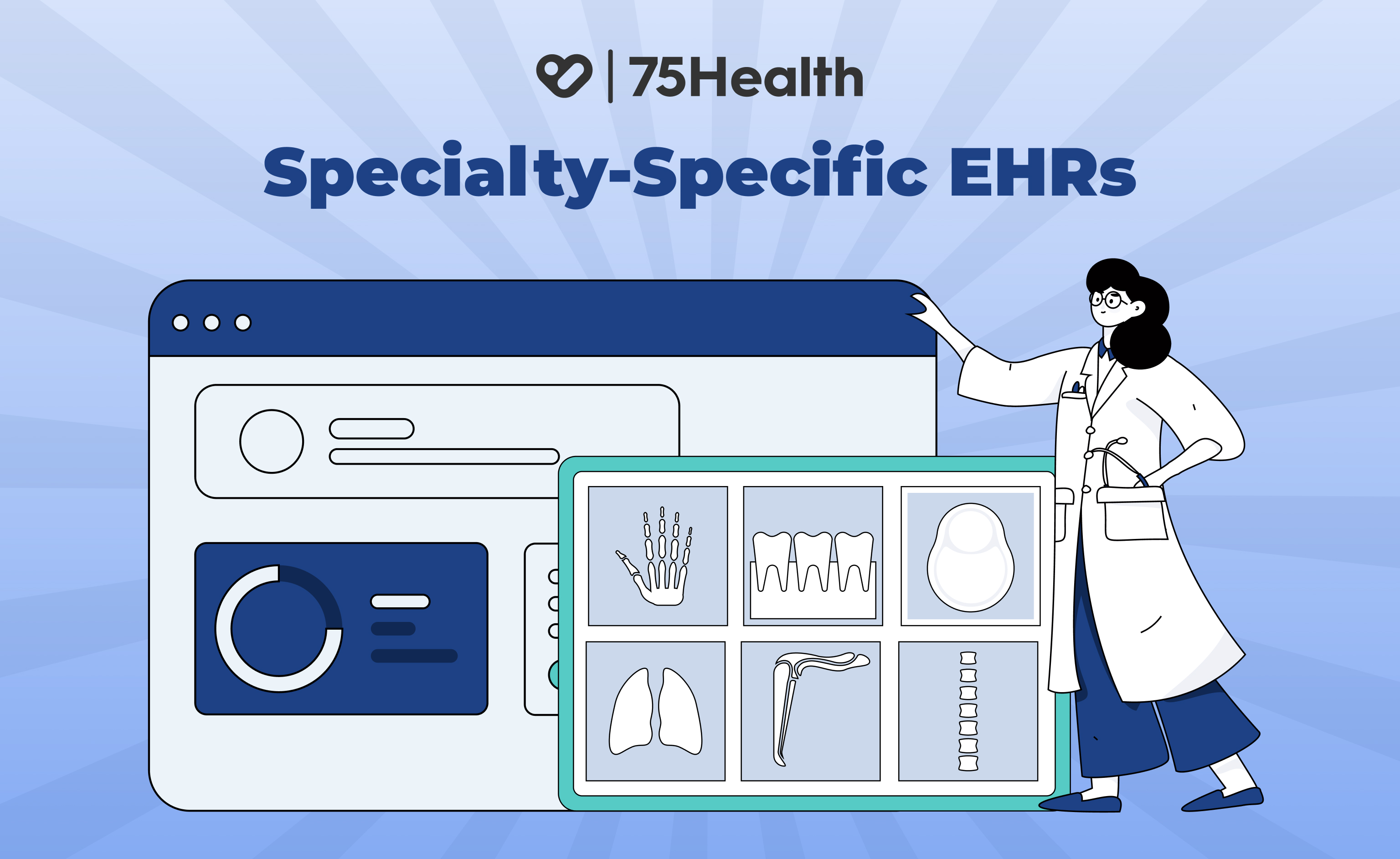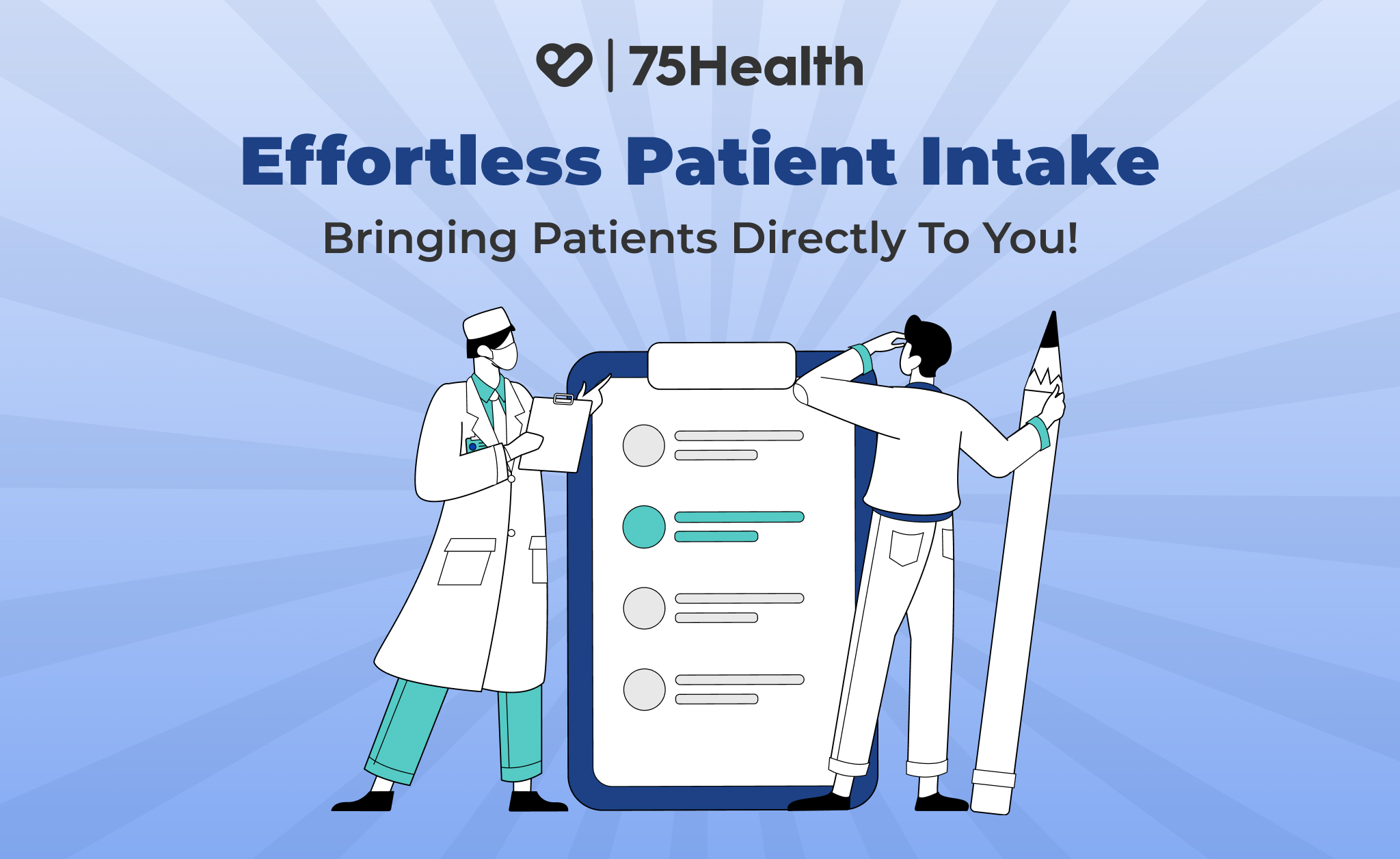EMR Software Improves Healthcare Convenience
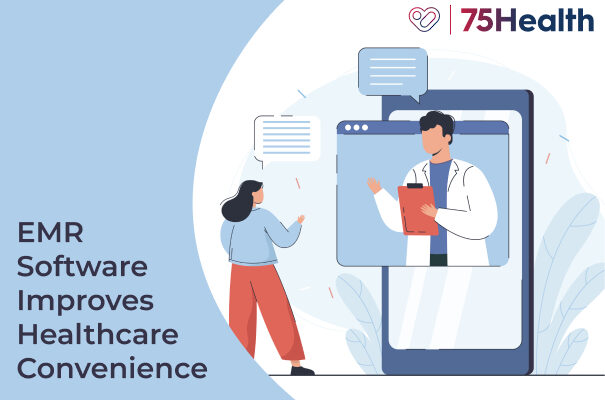
EMR Software is a key player in the world of healthcare convenience. In a survey of 2,000 adults, 65 percent of respondents said that convenience is a significant factor when choosing a healthcare provider. Forty-three per cent of the survey said they are willing to switch providers for a more convenient experience.
Online appointment scheduling, digital check-ins, and paperless billing are all examples of how technology has made healthcare more convenient for patients.
EMR Software gives healthcare providers the ability to manage patient medical records electronically. This means that patients’ medical records are easily accessible and can be shared between providers with the click of a button.
Patients can get the care they need when it is convenient for them, and providers can spend more time seeing patients and less time on record collection. By making it easier for patients to access their medical records and schedule appointments, EMR Software is improving healthcare convenience.
This is leading to happier and healthier patients, as well as more efficient healthcare providers. Another important is that EMR Software makes it easier for healthcare providers to get paid.
In the past, paper medical records made it difficult for providers to get paid for their services. This was because insurance companies often required specific information to process claims.The claim could be denied if a provider didn’t have the proper documentation.
EMR Software is leading to increased revenues for healthcare providers. In addition to increasing convenience and payments, EMR Software is also improving communication between patients and providers.
Patients must rely on phone calls and appointment times to talk to their providers. This often resulted in long wait times and frustrating conversations.
With EMR Software, patients and providers can easily communicate through the software’s secure messaging system. This system enables patients to ask questions, request appointments, and get test results without picking up the phone.
Not only does this system improve patient communication, but it also helps to increase provider productivity.
EMR Software can also help to reduce costs. One study resulted in a 3% reduction in their overall costs. EMR Software provides several benefits for both patients and providers. In the current healthcare climate, anything that can help to improve communication and reduce costs is a valuable asset.
EMR Software Diagnose Patients Effectively
The accuracy of the Electronic Medical Records Software itself is crucial as it contributes to a larger cause in healthcare. This software must be user-friendly in order for doctors to be able to use it effectively.
EMR Software must be able to interface with other software in order to be effective. If the software cannot interface with other software, then it will not be able to provide accurate diagnoses.
It can help to cut down on time to diagnose a patient. The software can quickly and easily access a patient’s medical history as it uses digital technology to improve the accuracy of a diagnosis.
There are many benefits to using Electronic Medical Records Software for both patients and doctors. In addition to reducing the time it takes to diagnose a patient, electronic medical records can help to ensure that patients receive the most accurate and up-to-date information about their health.
This system can also help to reduce the risk of errors, as well as improve communication between doctors and patients. While electronic medical records software can be extremely helpful, there are also some potential disadvantages.
One of the main concerns is that electronic medical records are often stored on central servers, which means that they are vulnerable to hacking and cyber-attacks.
EMR Software can be easy to transfer data between different healthcare providers. This can help to improve communication and coordination of care. It ensures data is transferred correctly and uses a data standardization tool, which can help to standardize data between different software.
EMR Software prompts physicians to order fewer unnecessary tests and investigations. A study found that there is a significant reduction in the number of laboratory tests ordered by physicians. Using this helps promote the judicious use of diagnostic imaging studies, which is a keystone of high-quality, cost-effective care.
EMR Software improves clinical management. It can also help to improve communication between care team members, and can provide insights that can help to improve patient outcomes. Also, it improves population health management.
By providing population health data, EMR Software can help to identify patterns and trends in disease and illness, and can help to develop targeted interventions. It can help to track the progress of these interventions and to determine their effectiveness.
Not only, it can track the progress of interventions, but it can also help to determine their effectiveness.
EMR Software Helps Doctors To Improve Patient Satisfaction
EMR Software not only helps doctors to improve patient satisfaction but also to increase their efficiency and productivity. It frees up doctors’ time so they can focus on patient care by automating many of the tasks of data entry and management.
This Software can also help to improve the quality of patient care by providing a central repository for all of a patient’s medical information. By having all of a patient’s records in one place, doctors can more easily spot patterns and trends that may indicate a problem.
Additionally, EMR Software can help improve communication between doctors and other healthcare team members. By having a central place to share information, doctors can avoid duplication of tests and procedures and ensure that all team members are up-to-date on the latest developments.
Also, it often includes features that help doctors streamline their workflows, such as ordering laboratory tests or scheduling appointments quickly. The increased efficiency and productivity that EMR Software offers can lead to better patient outcomes.
EMR Software improves clinical workflow and can also help ensure that patients receive the best possible care. The Software can help reduce errors and ensure that physicians have the most up-to-date information about their patients by standardizing the way that patient information is recorded and accessed.
It can also help to improve communication between providers, making it easier to coordinate care and avoid duplication of services.
It can also help increase workplace efficiency and productivity, leading to cost savings for both patients and providers. In addition, this Software can help to reduce paper waste and eliminate the need for storage space for paper records.
Other advantages of using are:
- The Software can help doctors keep track of a patient’s medical history.
- It can help doctors make more informed decisions about a patient’s treatment.
- It can help doctors communicate with other members of a patient’s healthcare team.
- It can help doctors reduce the chances of making mistakes.
- It can help doctors save time.
Doctors who used EMR Software were able to order appropriate tests and make referrals more quickly than those who did not use it. As a result, their patients had shorter hospital stays and better health outcomes. This is particularly important when coordinating care for patients with complex medical needs.
EMR Software also makes it easier for patients to track their medical information. This can help manage chronic conditions and provide a complete record of immunizations, medications, and other treatments. Patients who are more engaged in their healthcare have been shown to have better health outcomes.
Also Read : EMR Software Supports Modern Healthcare Practises

